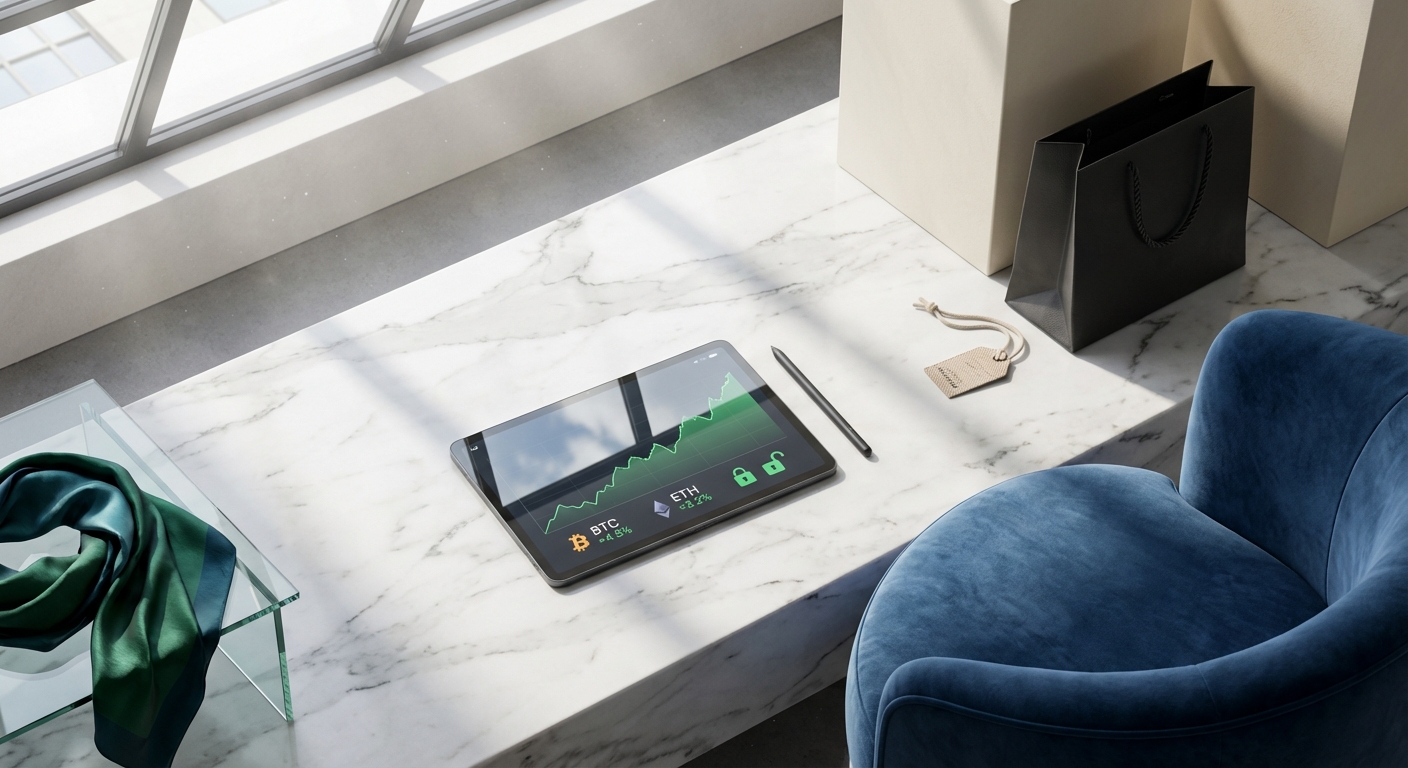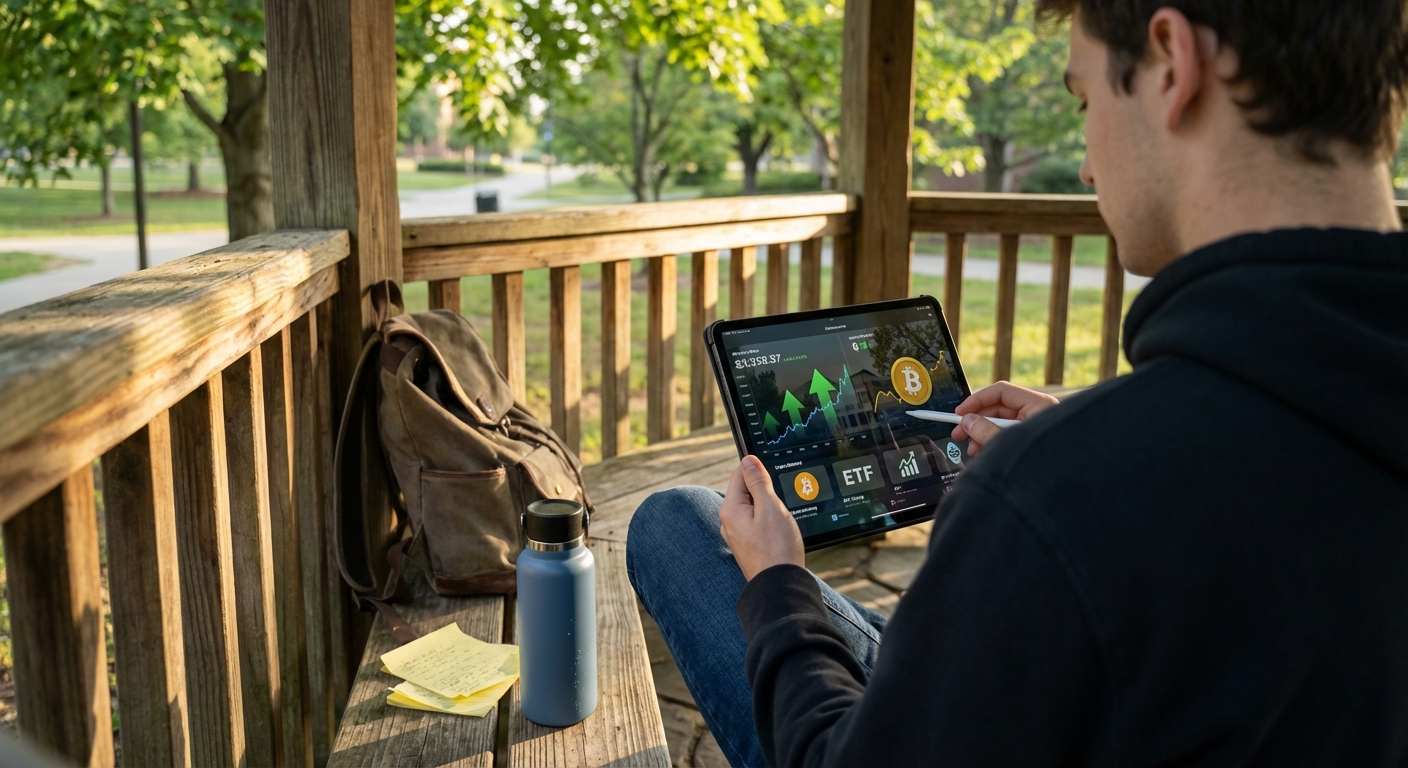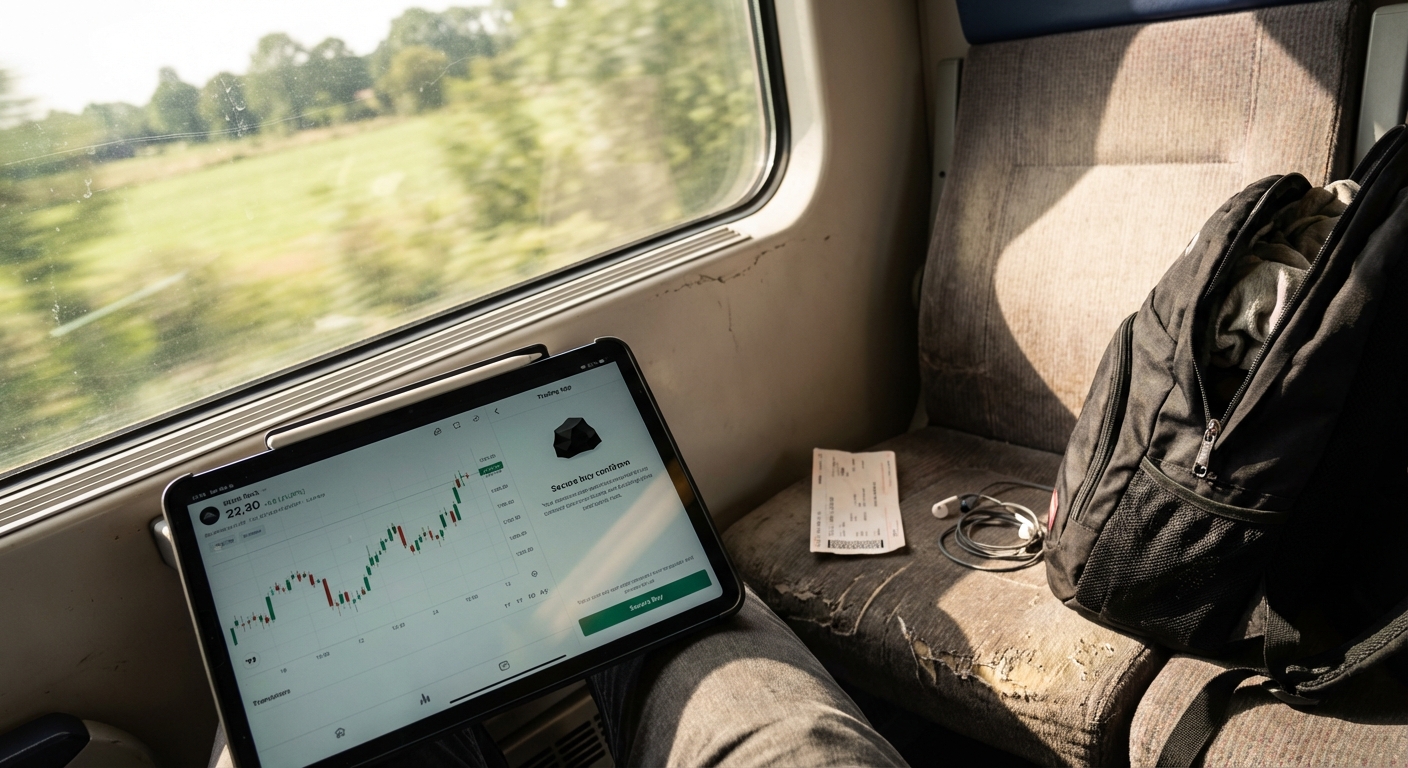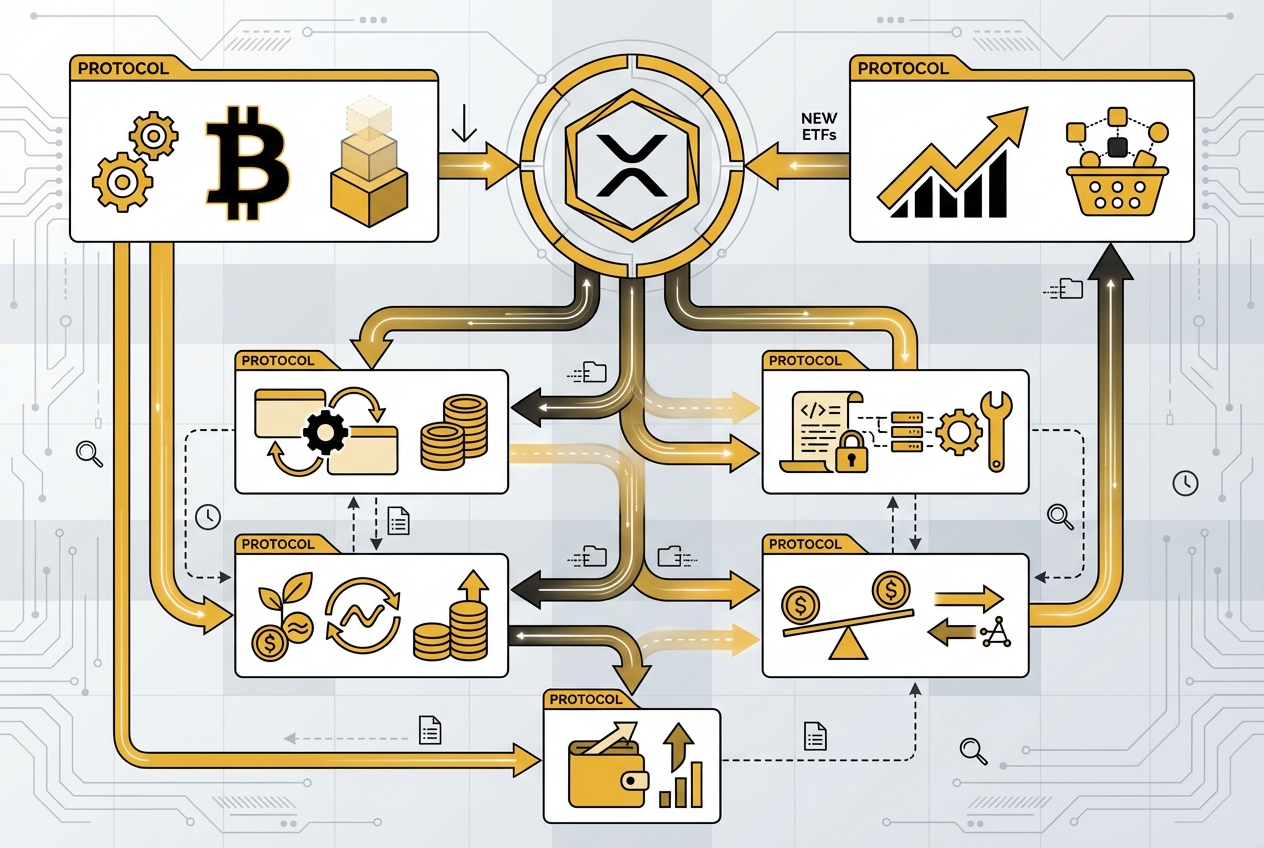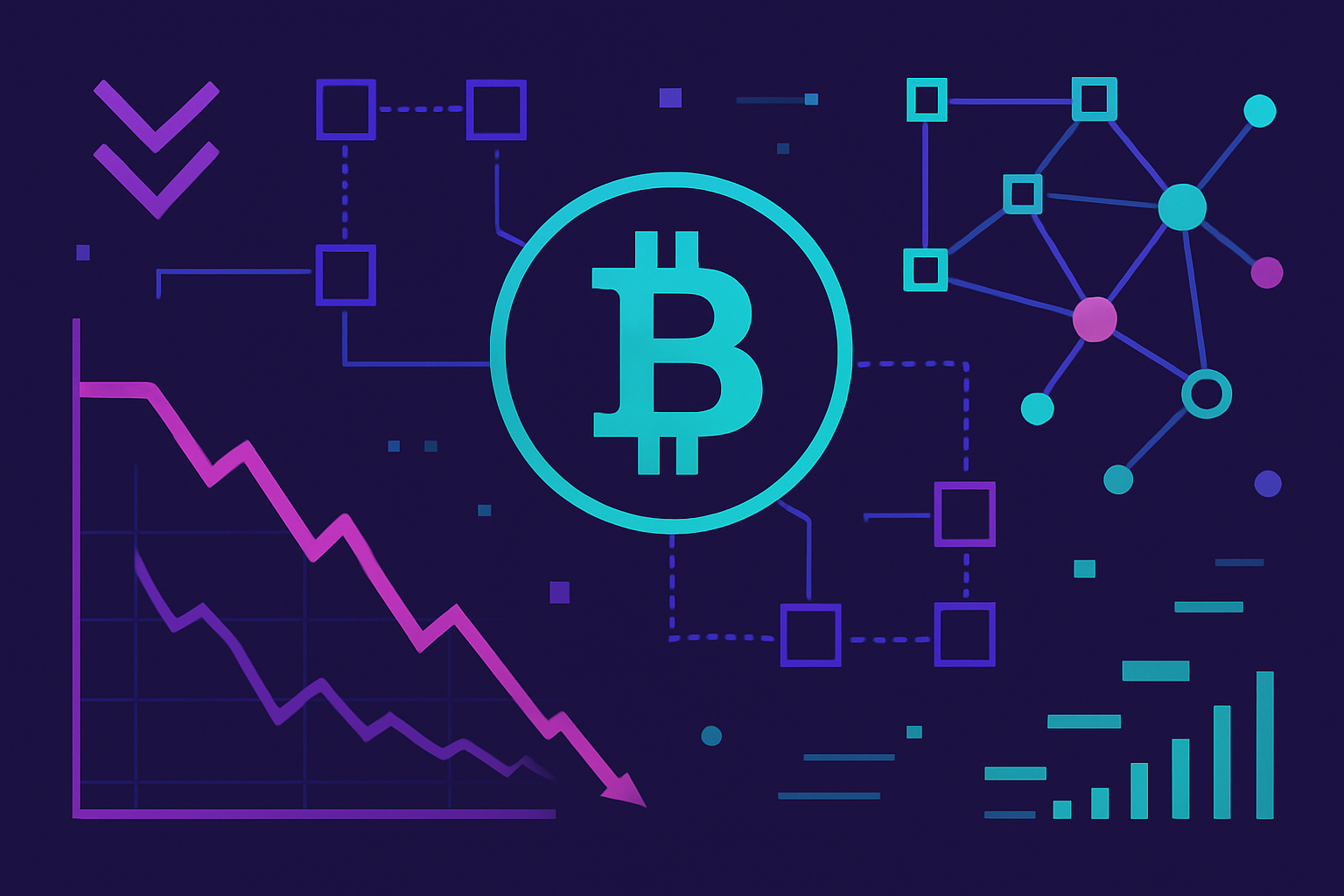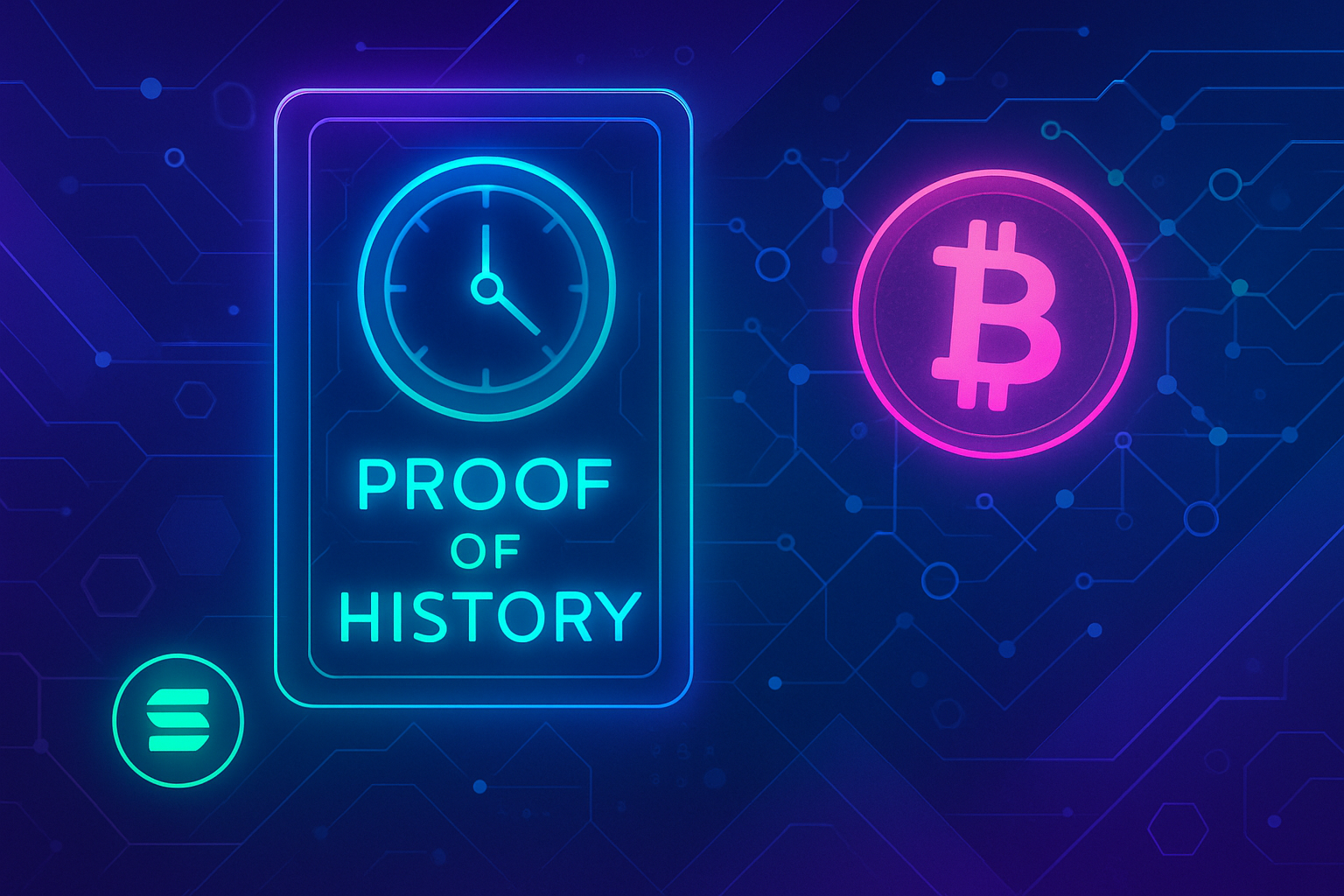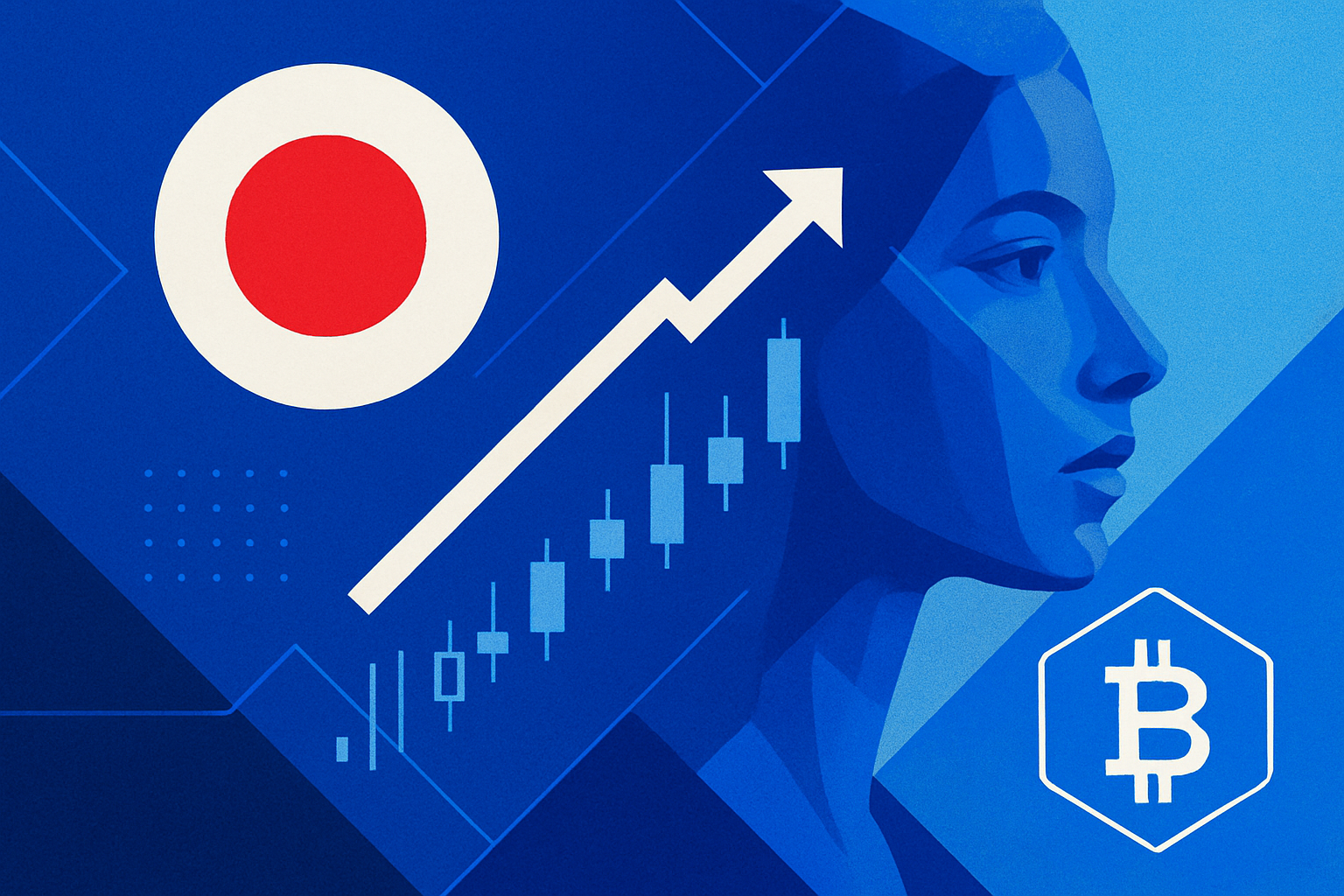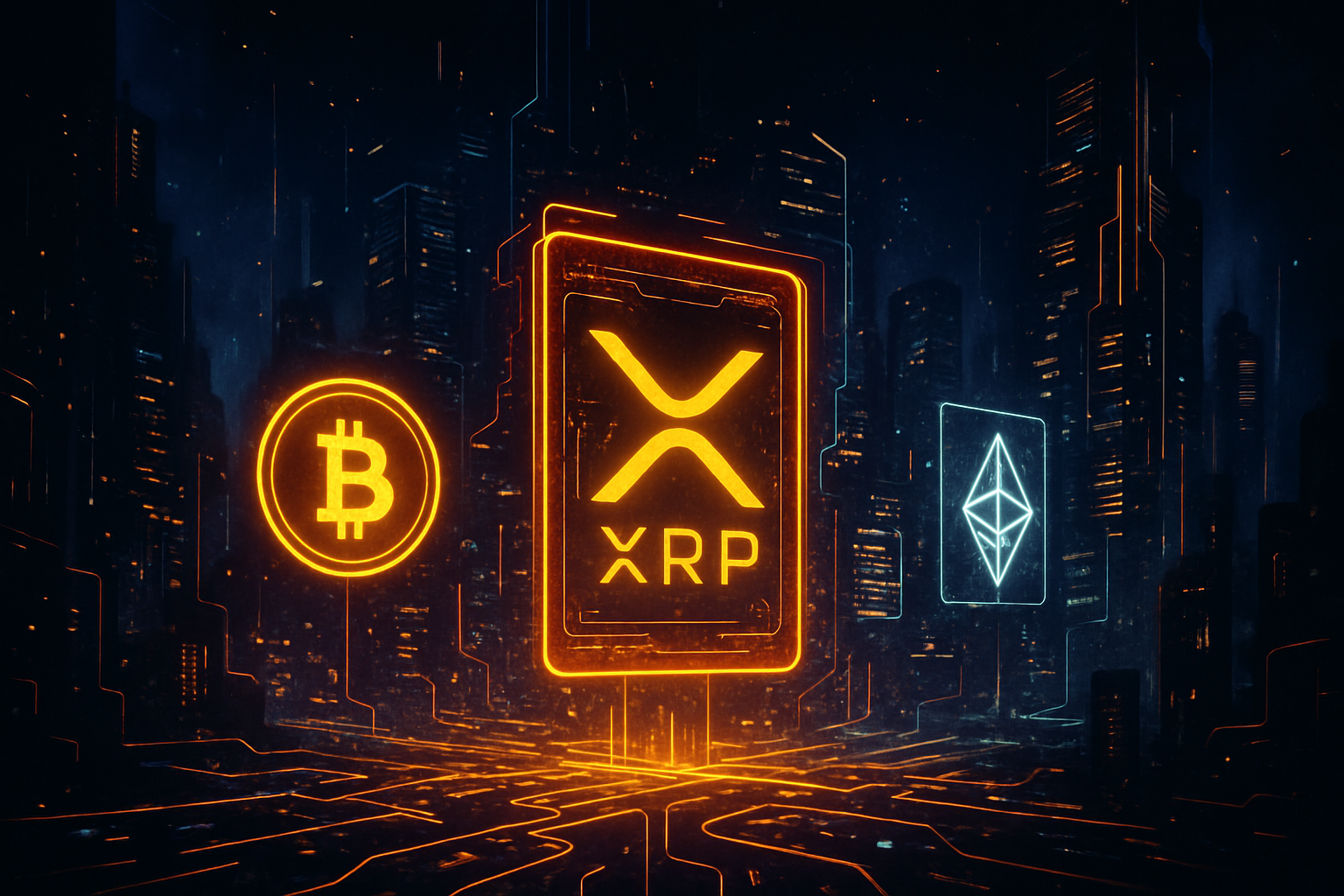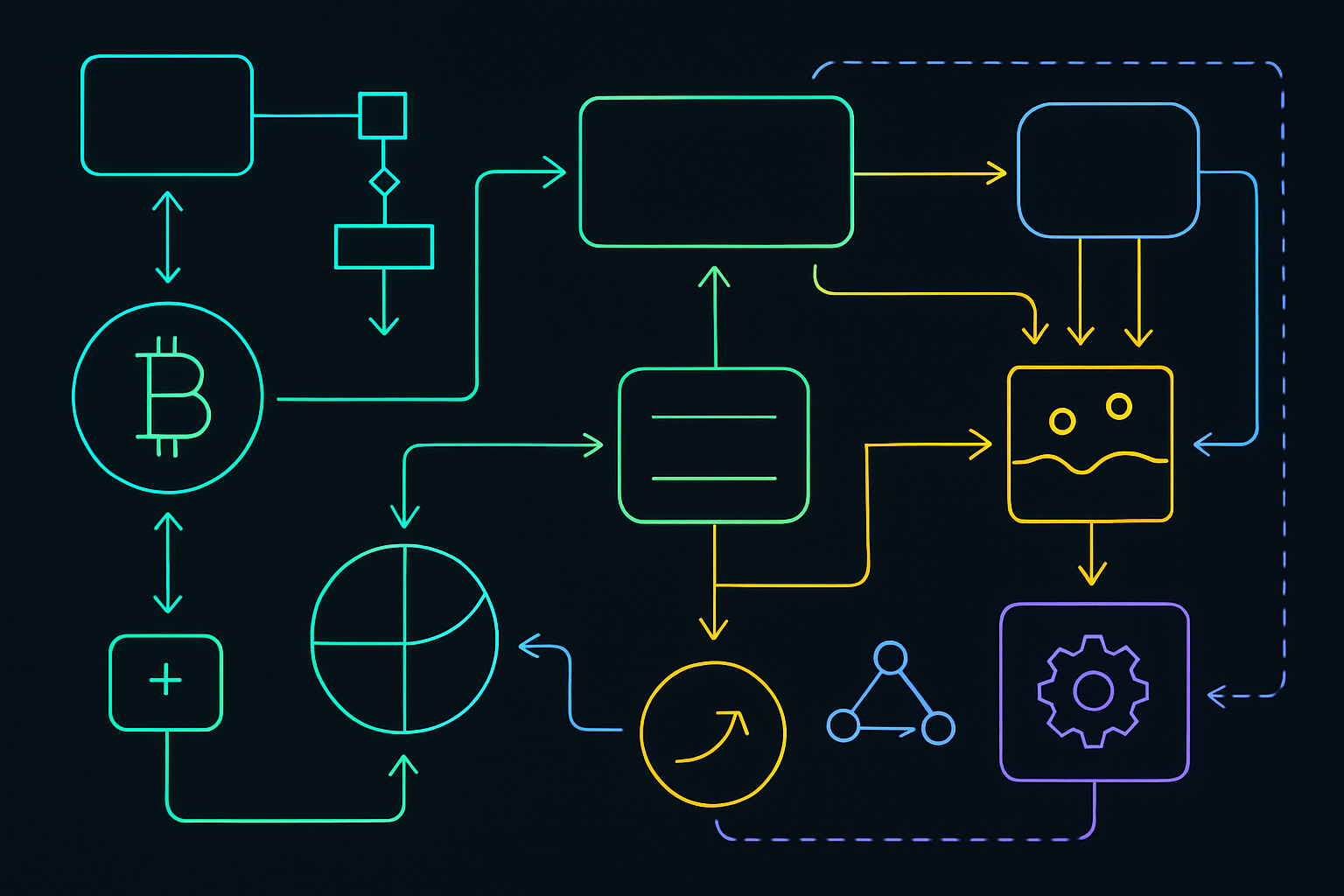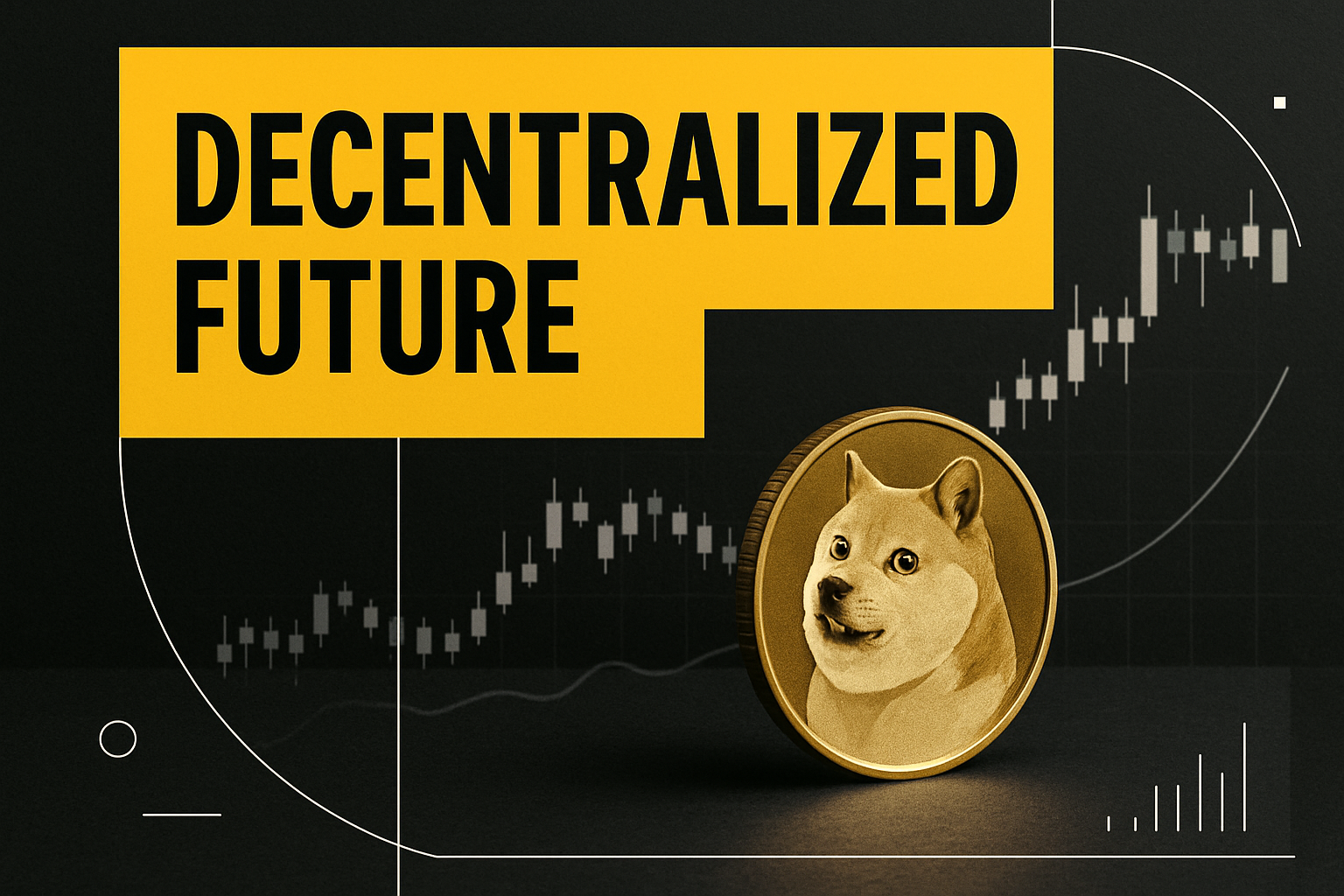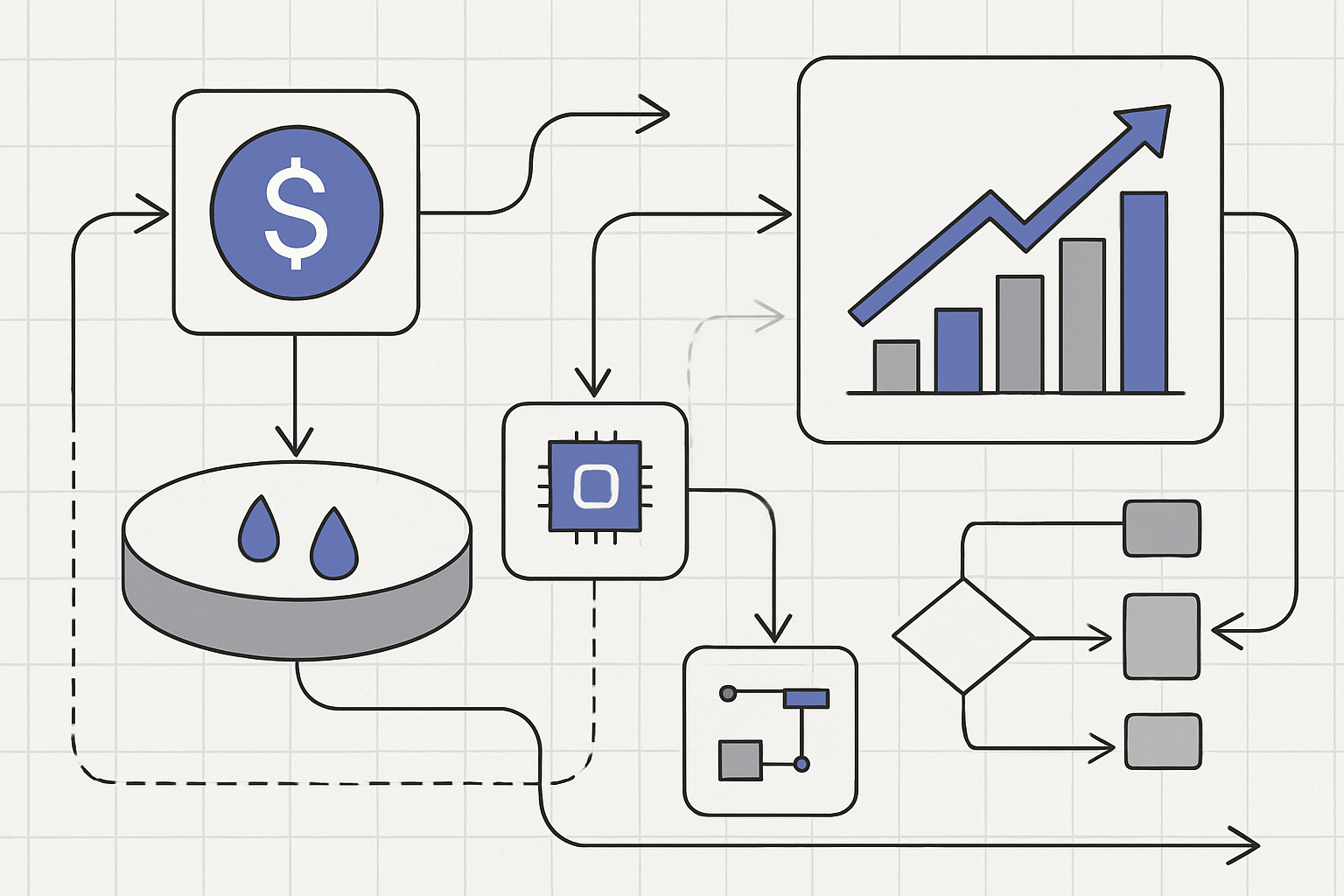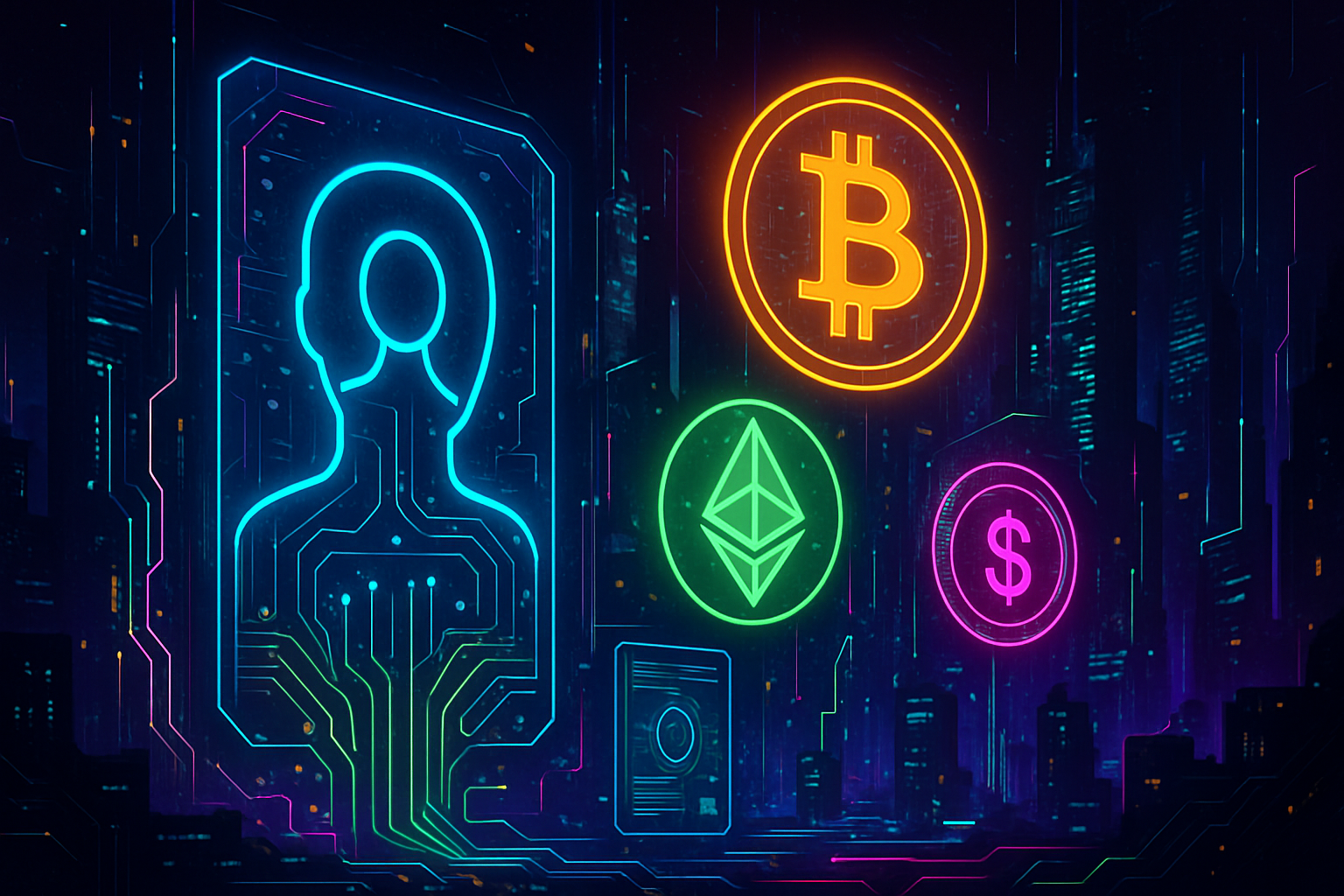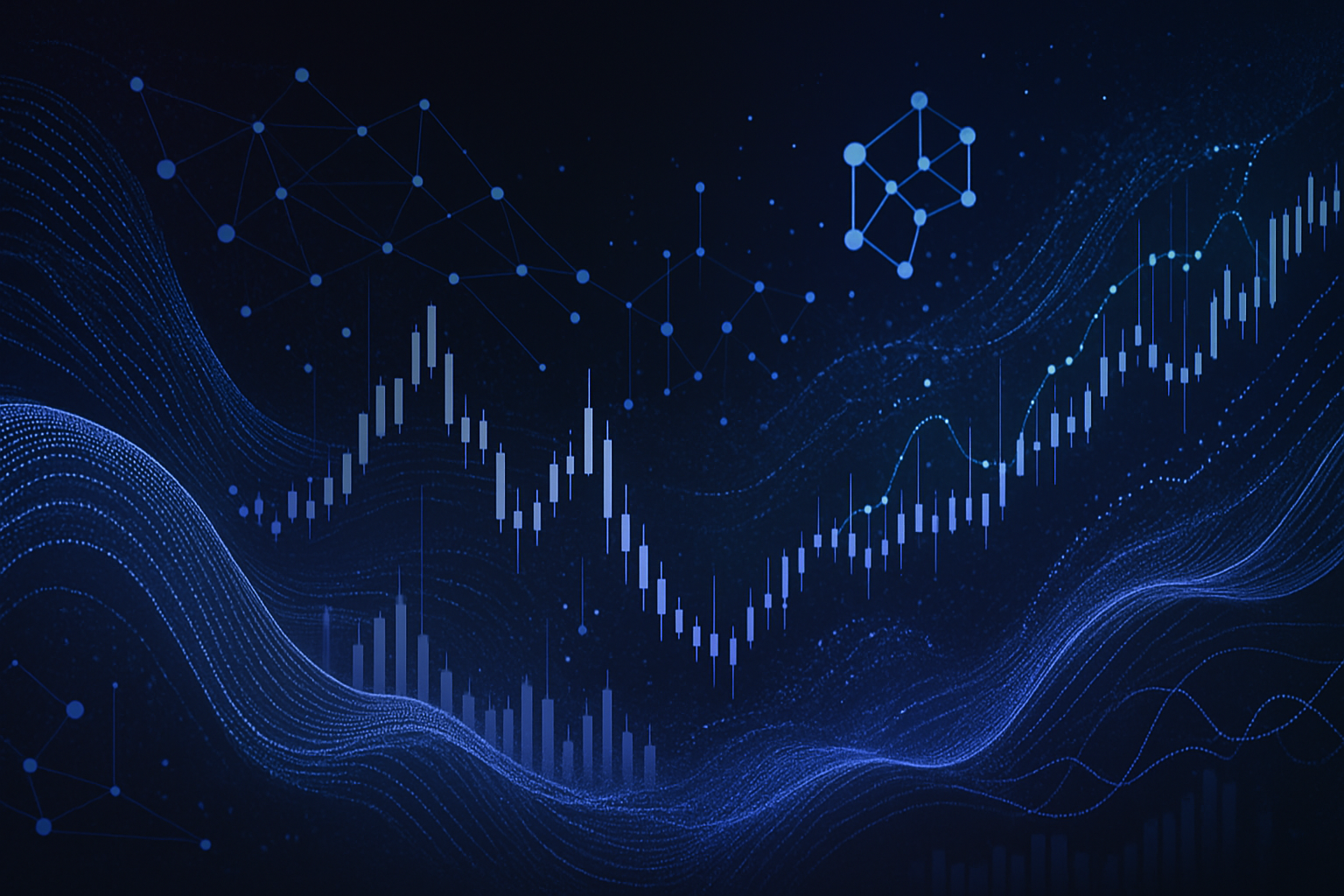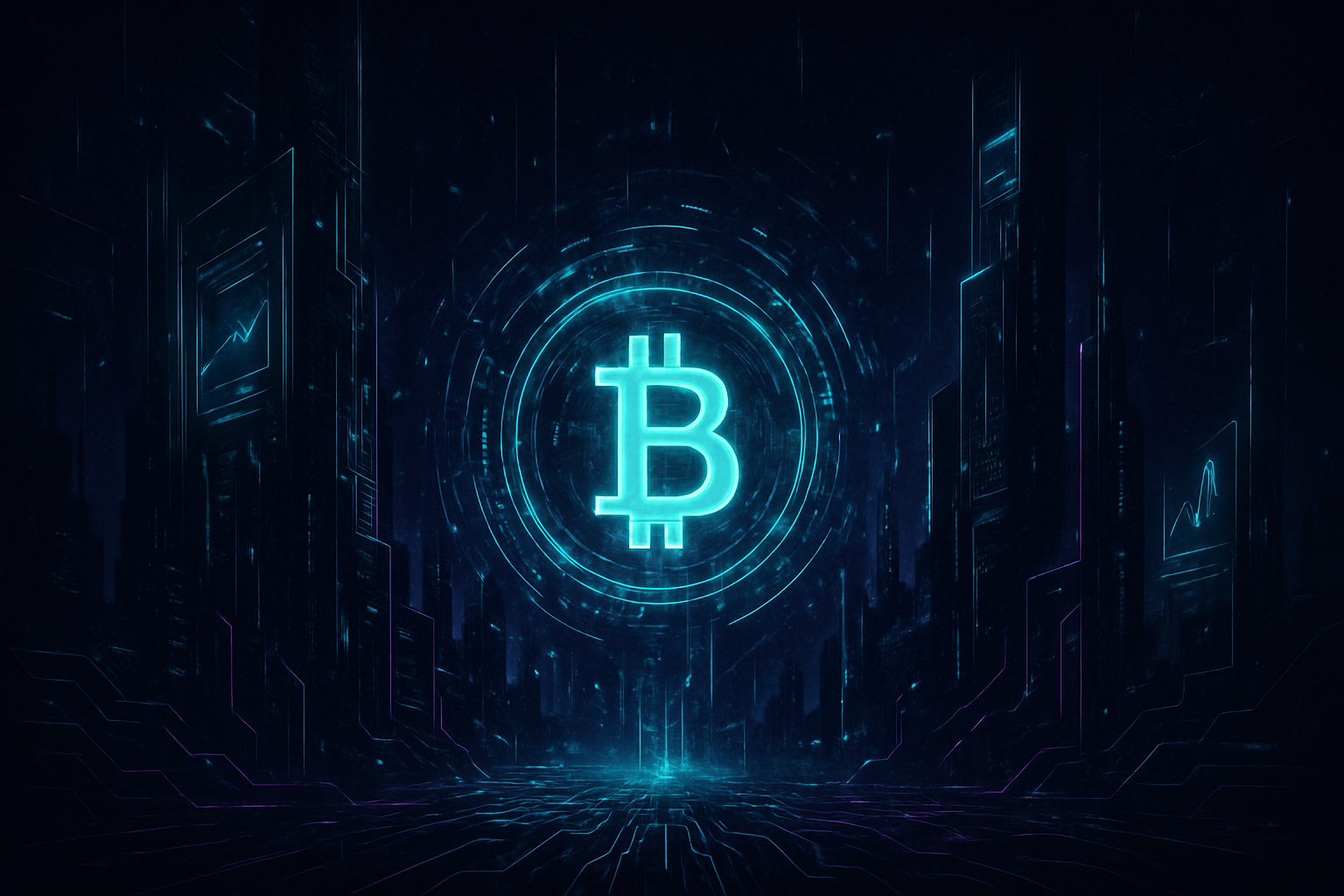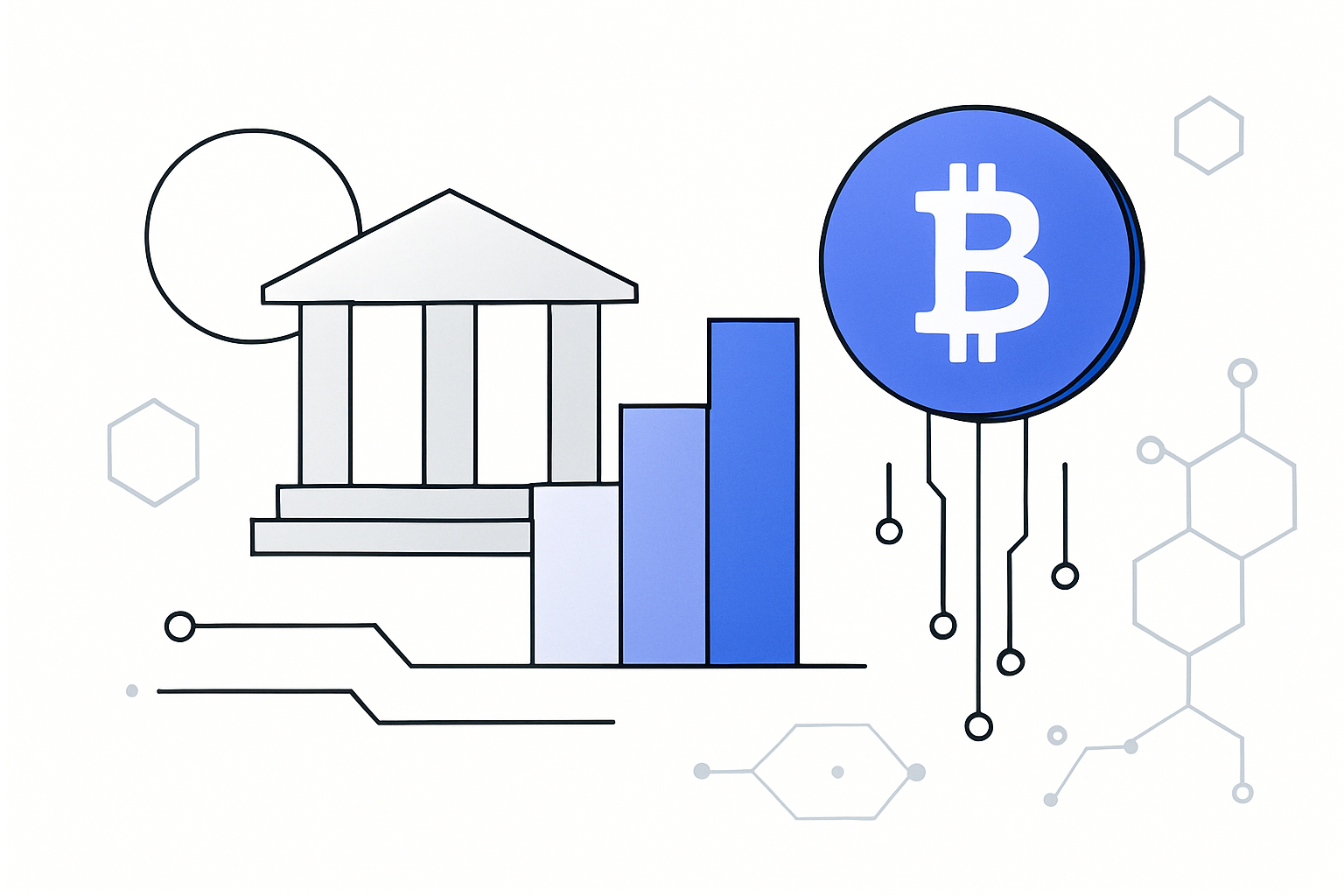As Bitcoin hovers at $89,144 amid a post-peak correction from its October all-time high above $125,000, Wall...
Crypto Investing & Trading Tips
Vanguard’s monumental policy shift has just unlocked the simplest, most secure gateway for millions of investors to...
Bitcoin’s current price of $91,331.00 sits amid a volatile landscape where the Crypto Fear and amp; Greed...
Texas just dropped $5 million on BlackRock’s iShares Bitcoin Trust (IBIT), igniting a fire under Bitcoin at...
Something big is brewing in the XRP market, and savvy buyers are starting to take notice. As...
Bitcoin’s wild ride in 2025 has taken a sharp turn, leaving retail crypto buyers anxious and searching...
Bitcoin’s price has always been a lightning rod for speculation, but even seasoned crypto veterans are feeling...
Bitcoin’s rollercoaster ride is back in full swing, and crypto buyers everywhere are feeling the heat. As...
Bitcoin’s recent slide below the $90,000 threshold has sent shockwaves through the crypto community and reignited the...
Japan is on the cusp of a transformative shift in its approach to cryptocurrency regulation and taxation....
Bitcoin ETF Adoption Surges: What Harvard’s $BTC Investment Means for Everyday Crypto Buyers in 2025
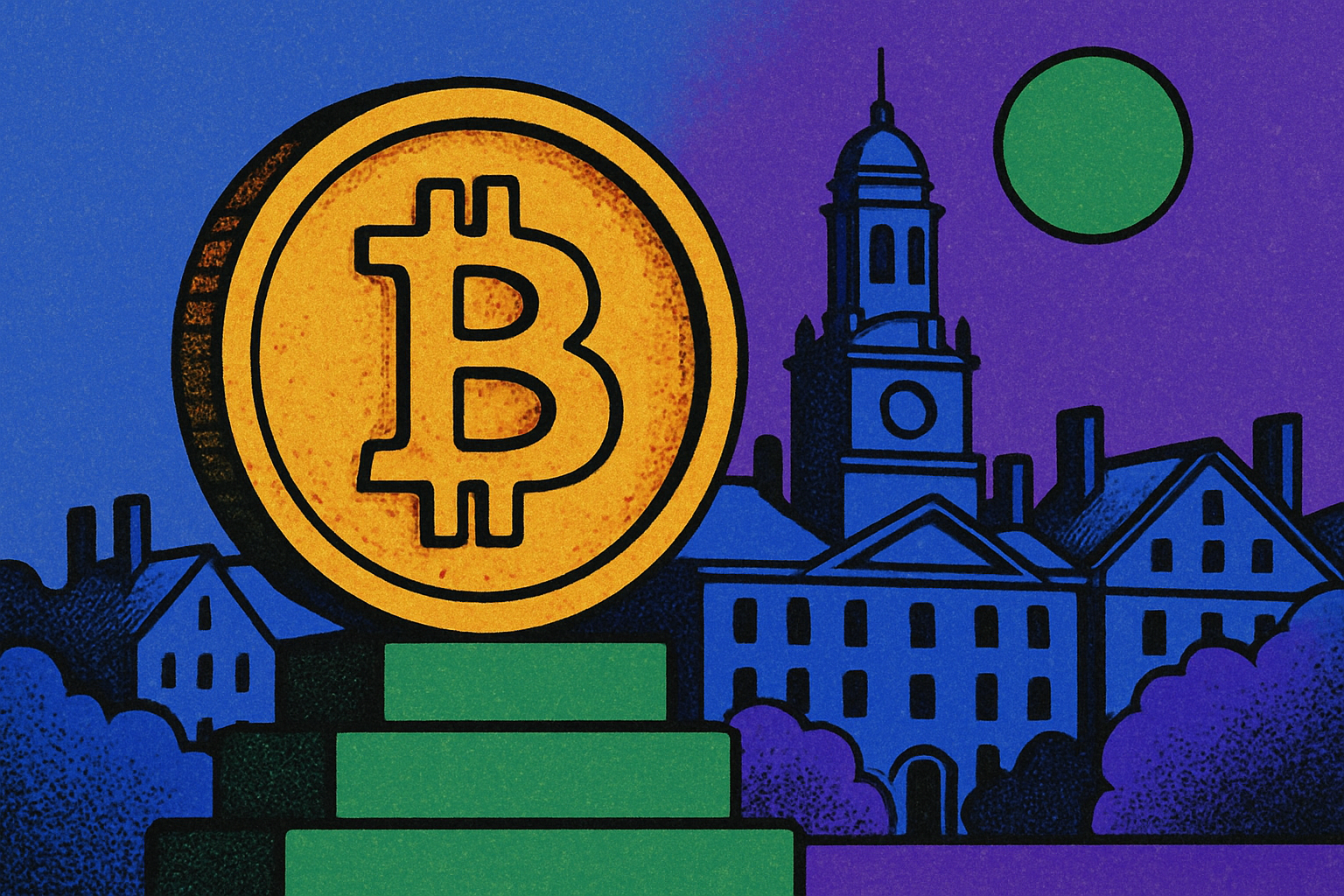

Bitcoin ETF Adoption Surges: What Harvard’s $BTC Investment Means for Everyday Crypto Buyers in 2025
As of November 17,2025, Bitcoin (BTC) is trading at $95,438.00, reflecting a modest 0.36% dip over the...
On November 13,2025, the crypto market witnessed a pivotal moment: Canary Capital’s spot XRP ETF (ticker: XRPC)...
Institutional inflows have become the dominant force behind the price action of Bitcoin and Solana in 2025....
Ripple’s latest moves are sending shockwaves through the crypto sector. As of November 10,2025, XRP is trading...
The landscape for crypto investing in the United States is rapidly evolving, and the imminent launch of...
Stablecoins are no longer just a footnote in the crypto market – in 2025, they’re the driving...
Bitcoin’s recent decline below the $100,000 mark has reignited a classic debate among long-term investors: is this...
Bitcoin’s climb above the $100,000 threshold in 2025 is more than just a psychological milestone, it’s a...
2025 is the year altcoin ETFs are rewriting the rules of crypto investing. If you thought Bitcoin...
In the wake of the Federal Reserve’s most recent 25-basis-point rate cut in October 2025, the cryptocurrency...
The investment landscape in 2025 looks strikingly different from just a few years ago. A new generation...
Is it too late to buy Bitcoin? If you’re asking this question in late 2025, you’re not...
Bitcoin is once again at the center of attention as it navigates a period of intense market...
Japan is moving to crack open the gates for banks to participate directly in crypto trading and...


